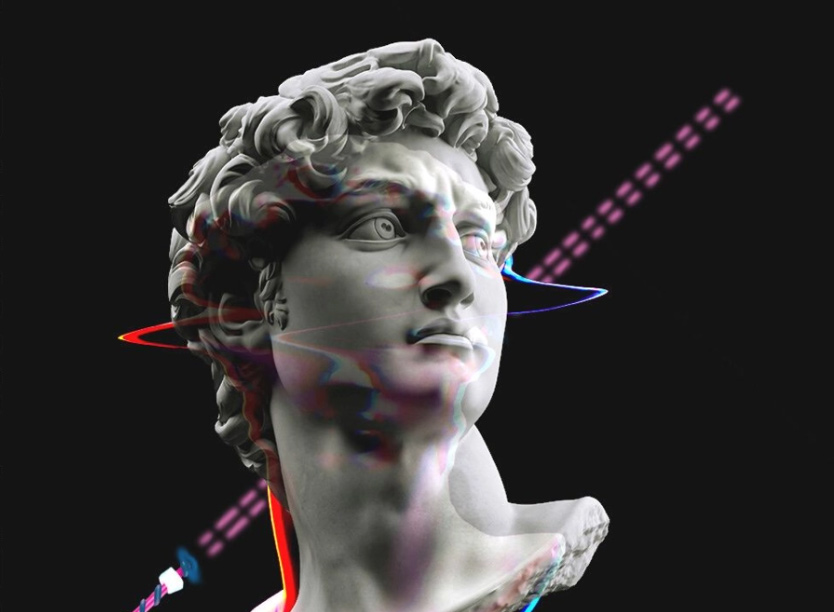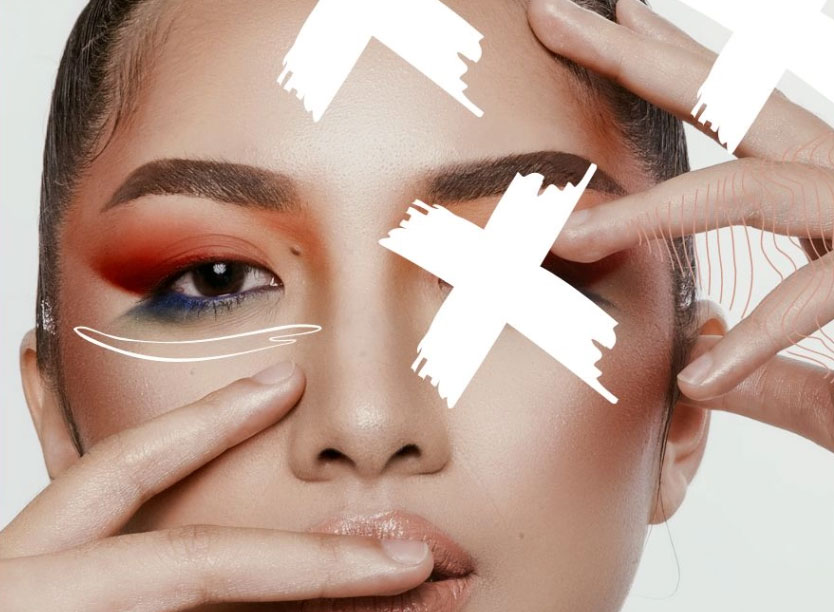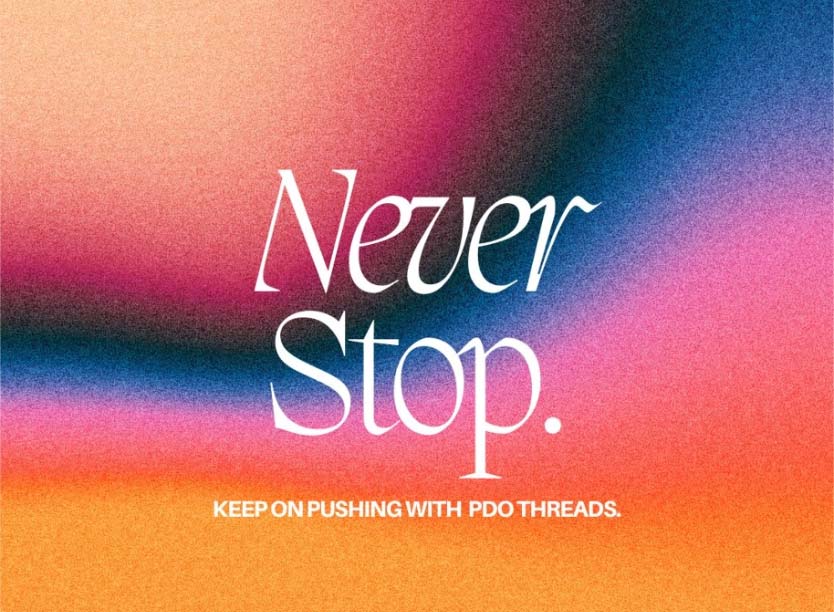The Cat Eye Thread Lift is becoming a major trend on social media and patients are asking for this easy to perform, quick procedure. Like other brow or lid procedures, the Cat Eye Lift involves placing threads strategically in the temple and eyebrow area to get that pulled-back, smizing look. The non-surgical brow reshaping involves the insertion of tiny dissolvable threads to lift the skin to give the impression of cat eyes.
The procedure is like that used surgically (Canthopexy) but creates a subtle enhancement to transform eyes from being drawn and tired looking to vibrant and alluring. After the PDO threads are placed, the body will absorb the thread and create additional collagen around the eyes and temples to maintain this "Instagram" look effect over time
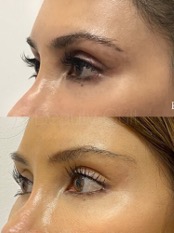
The products used for this procedure are bi-directional PDO Barb (COG) Threads and Smooth (Mono) Threads. Bi-directional means the barbs on the thread face opposite directions as opposed to a unidirectional barbed thread, where the thread’s barbs all face one direction. The benefit of using bi-directional barbs is the barbs on the thread are facing each other. Because of this, when the thread is inserted into the face, one side of the thread is lifting while the other side of the thread act as an anchor. Anchoring means once the thread is pulled upwardly, the lifted area lifts while the anchoring prevents the lifted area from falling. For the Cat Eye procedure, a 21G-60mm W-type Cannula Molding Cog (Barb) suture is needed along with 29G-38mm or 29G-50mm smooth threads depending on the length of the indication. For this procedure, scissors will be needed to cut the threads as well as Lidocaine with epinephrine for numbing purposes.
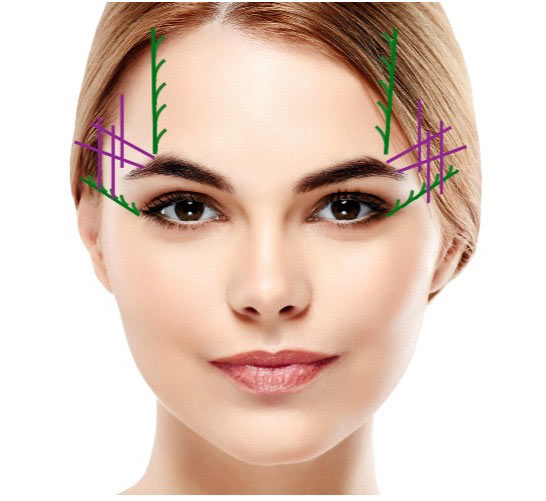
The first step in the Cat Eye Thread Lift is to cleanse the face of the patient and apply numbing cream to the patient’s face. After the numbing cream has been wiped away, the area is cleansed with antiseptic. The Cat Eye procedure begins by the physician drawing two vectors on the tail of the brow and the side of the eye since this is where the threads will be placed. The threads will be pulling in an upward lateral direction to change the shape of the lateral canthus. Traditionally with a brow lift, physicians usually make an entry point above the brow and the hairline, and they follow a downward pattern. Since a bi-directional thread is being used, insertion can go in reverse direction. From years of experience, this method of going in reverse with the thread yields more consistent and effective results. The vectors drawn on the patient’s face should be recognized as the entry points of the threads. Threads should be inserted in entry points and anesthesia needs to be applied to the path of the vector going upward.
Two types of threads are used in this procedure, a 21G-60mm W-type Cannula Molding Cog (Barb) and either a 29G-38mm or 29G-50mm smooth thread, depending on the length of the indication. The Cat Eye lift contains two separate vectors, one at the corner of the eyebrow and one above the lateral canthus. The threads will travel parallel to each other vertically. Once the two areas are anesthetized, the inherent track must also be anesthetized to make a small port incision for the two entry points created where the cannula with the thread will be inserted.
The 21G-60mm Barbed Thread Cannula is bi-directionally so that a section of the barbed thread is doing the lifting while the other section around the distal end of the temple does anchoring. This method is different than other physicians, however, this method gives more consistent results. After the thread is placed in the correct location, the cannula must be twisted, pressure applied and removed. After the thread is removed, a portion of the thread will still be visible outside of the skin. The remaining portion of the thread should be clipped at the entry of the skin using scissors to disappear under the skin. Smooth PDO threads are added perpendicular to the barbed threads, about five smooth threads per side will add extra support for the lift and boost collagen in the area.
Smooth threads after the initial placement of the PDO barbed (COG) threads help reinforce the barb thread effect; smooth threads cause some skin tightening and a little bit of lifting, but the effects are not dramatic.
The Cat Eye Thread Lift is one of many thread lifts offered at Illari Threads. If you want to discover more about the applications of PDO Threads or available training options, please contact Illari Threads at (954) 372-1600 or contact us through our contact form.
More Articles
Published: Sep 14/2022
What are the differences between PDO, PLLA, and PCL Threads
Thread Lift procedures within aesthetics is experiencing tremendous growth within aesthetics due to their ability to deliver results comparable to surgical procedures though are semi-permanent lasting up to (2) years…
Published: Aug 23/2022
FDA to Crackdown on Non-FDA Cleared PDO Threads
FDA to Crackdown on Non-FDA Cleared PDO Threads. A spokesman for the agency further commented that "it will be increasingly difficult to stop the various channels that people can acquire these non-FDA Cleared devices so the emphasis will be on the physician or healthcare professional administering these unapproved devices"…
Published: Jul 24/2022
Why Incorporate PDO Threads into your Practice?
The United States is one of the largest markets for minimally invasive aesthetic procedures in the world. The demand for PDO Thread procedures has increased exponentially in the past (5) years and will continue to grow at rates over 7.4% CAGR (Compound Annual Growth Rate)…


